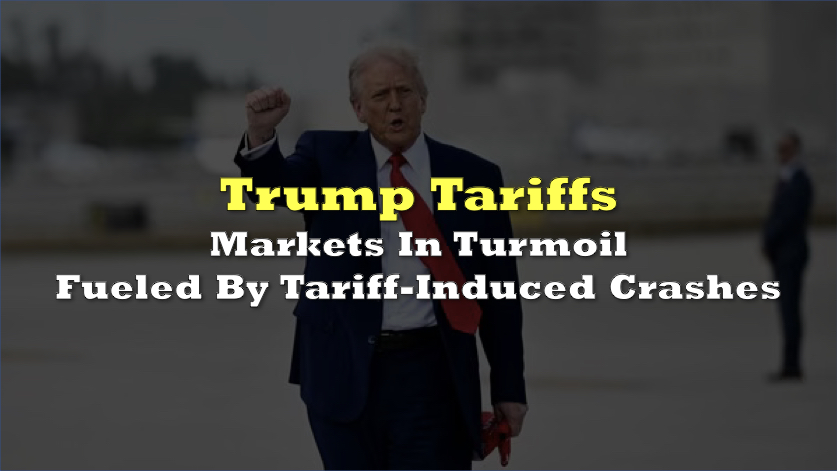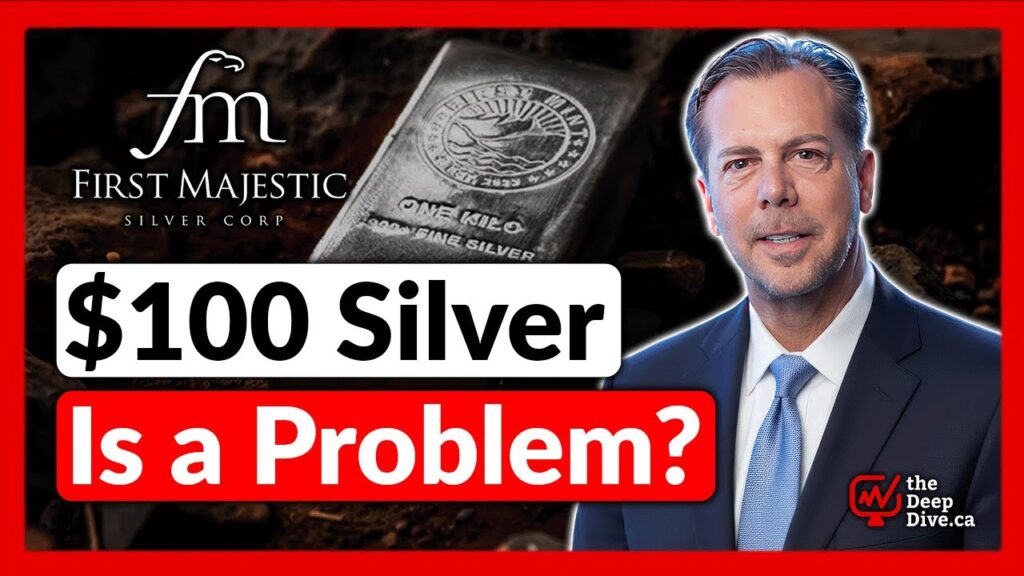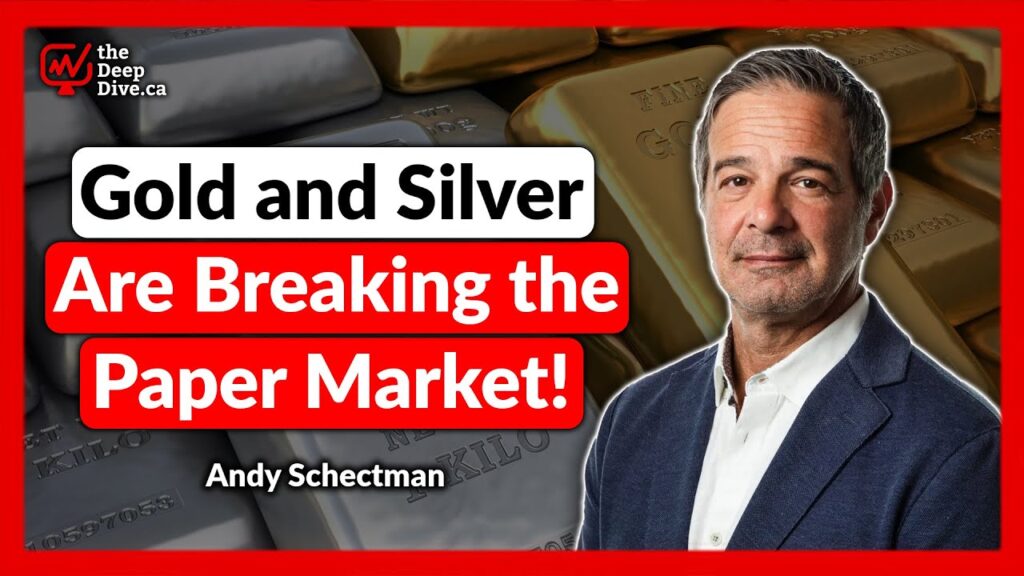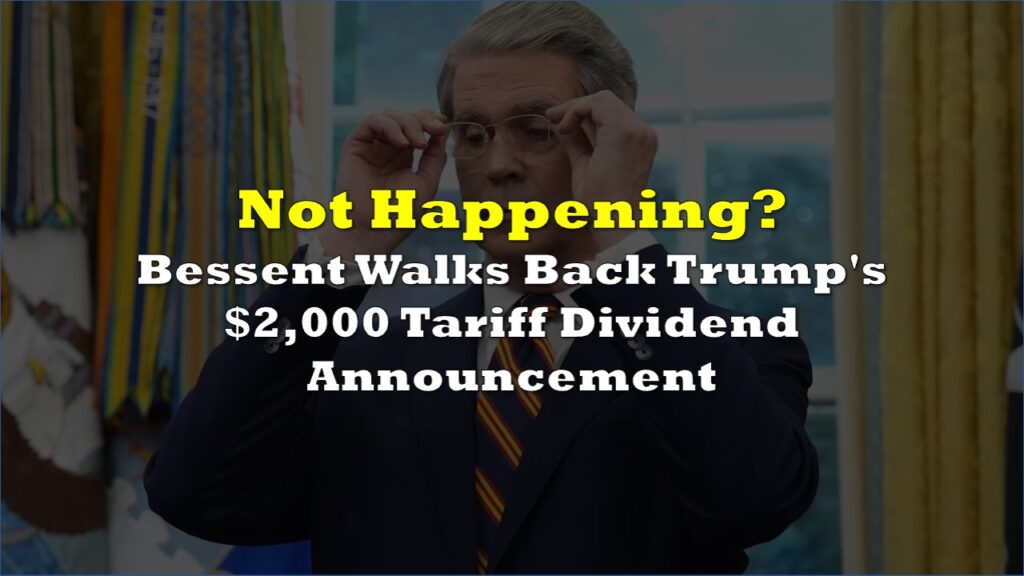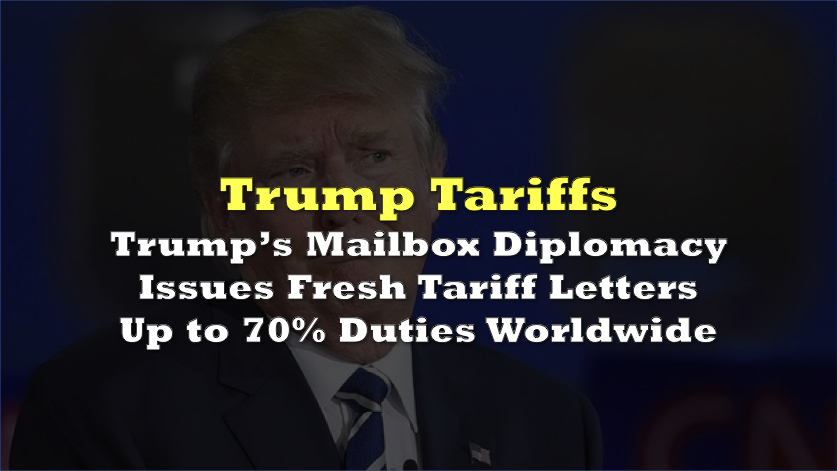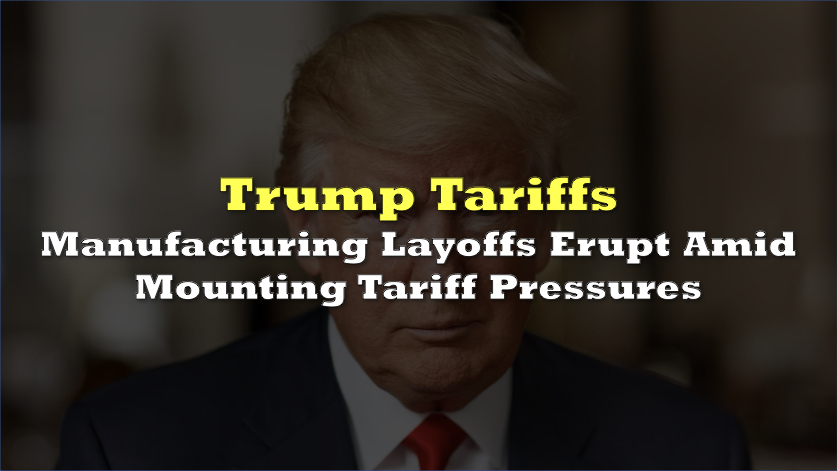US markets appear locked in a downward spiral on Monday, marking a third consecutive trading day of steep losses fueled by President Donald Trump’s surprise implementation of high tariffs on key trading partners.
The Dow Jones Industrial Average shed over 1,000 points in early trading, while the S&P 500 slumped more than 2%, briefly plunging the benchmark index into bear market territory. The tech-heavy Nasdaq Composite lost nearly 2%, weighed down by investors unloading high-performing technology stocks to cover margin calls.
Trump defended his decision to impose a 10% tariff—effective Saturday—on a broad array of imports, stating, “I don’t want anything to go down, but sometimes you have to take medicine to fix something.” His administration highlighted longstanding trade imbalances with China, with the president adding, “We have a trillion-dollar trade deficit with China…unless we solve that problem, I’m not going to make a deal.”
Commerce Secretary Howard Lutnick stood firm, telling CBS News the tariffs “are definitely going to stay in place for days and weeks.”
Markets took another blow when China retaliated with a 34% tariff on all US imports, a sharp escalation in the trade standoff. Canada and the EU hinted at following suit, while Vietnam’s offer to reduce its own tariffs to zero did little to quell investor anxiety.
European Stocks have entered a technical correction after declining more than 10% from their recent peak and are now red on the year 🚨 pic.twitter.com/U6QM0spV4q
— Barchart (@Barchart) April 7, 2025
Shares of Tesla led Monday’s sell-off, falling 8%. Caterpillar, which relies heavily on global construction equipment sales, dropped 6%, and Apple shed 6% as investors sought safer assets.
Outside equities, WTI crude oil sank below $60 a barrel, its lowest point in years, and Hong Kong’s Hang Seng Index suffered its worst drop since 1997, closing down 13%.
WTI crude plunges below $60/bbl for the first time since the pandemic…
— Patrick De Haan (@GasBuddyGuy) April 6, 2025
Per this table from Bloomberg, it’s an ugly start to the week for Asian stocks.#economy #markets #investing #investors @business https://t.co/2opYRvEHu2 pic.twitter.com/mxAdbL40DX
— Mohamed A. El-Erian (@elerianm) April 7, 2025
Major voices on Wall Street offered stark assessments. Leon Cooperman of Omega Family Office said the president’s tariff approach will “tip the US economy into a recession,” advising investors to “sell strength” and stay cautious.
Billionaire investor Bill Ackman captured the growing pessimism, warning on X, “The president is losing the confidence of business leaders around the globe…we are heading for a self-induced, economic nuclear winter.”
Vanguard, while urging clients to “stay the course,” acknowledged that the near-term climate may test even the most disciplined investors.
BREAKING: Vanguard emails clients asking them to “resist the urge to deviate from [their] financial plan” as markets fall sharply.
— The Kobeissi Letter (@KobeissiLetter) April 6, 2025
Vanguard is asking clients not to take money out of the market.
How’s that for a sentiment check? https://t.co/7Ta4pR2qsu pic.twitter.com/whAofNWsO3
JPMorgan Chase CEO Jamie Dimon, in his annual letter, warned of higher inflation in tandem with decelerating economic growth, though he noted it remains unclear whether these tariffs alone would trigger a recession.
Adding to the jitters, the CBOE Volatility Index, a key gauge of market turbulence, soared to the 50 level early Monday—territory rarely seen outside bear markets.
“Margin calls are going out as we speak…investors in U.S. equity markets have turned (a) huge thumbs down on the White House Liberation Day tariffs,” said Chris Rupkey, chief economist at FWDBONDS.
The irony of it all: Russia can come unscathed in this tariff war, thanks to the sanctions implemented against Moscow at the start of its war with Ukraine.
If the US economy collapses, it’ll take Europe, Japan, South Korea and China down with it because they’re 100% interlinked and interdependent, thanks to complex supply chains and all that.
— Ian Miles Cheong (@stillgray) April 6, 2025
Russia, thanks to insane worldwide sanctions, emerges unscathed.
Despite the bleak short-term outlook, some analysts suggested that structural growth themes like artificial intelligence could support a robust market recovery in the future. UBS strategist David Lefkowitz projected the S&P 500 could reach 5,800 by the end of 2025, indicating potential long-term upside once tariff pressures and related volatility subside.
Information for this story was found via CNBC and the sources and companies mentioned. The author has no securities or affiliations related to the organizations discussed. Not a recommendation to buy or sell. Always do additional research and consult a professional before purchasing a security. The author holds no licenses.

